Join us for a look at a hybrid power system the SCTE has deployed to help MSOs study how to keep biz customers humming when the grid goes down
Major cable operators such as Comcast Corp. (Nasdaq: CMCSA, CMCSK), Time Warner Cable Inc. (NYSE: TWC) and Cox Communications Inc. have turned commercial services into businesses that now pull in more than $1 billion per year. (See Cable Stokes Its Business Services Fire and US Cable Firms to Bank $6B in Biz Services.)
Serving businesses has become a great growth engine for cable and a way to siphon revenues from their telco completion, but now MSOs have even more business to protect as they face stringent service level agreements (SLAs) that require them to keep their customers up and running even when the power goes on the blink.
The Society of Cable Telecommunications Engineers (SCTE) is helping out in this regard with the deployment of a hardened, small-scale hybrid solar/hydrogen fuel cell system at its Exton, Pa., headquarters that's designed to keep the Society's key IT functions (email, core network, database systems, and website) humming for up to seven days if the power goes out. It can keep things afloat for longer than that if there's a way to keep the hydrogen tanks replenished.
SCTE took Light Reading Cable on a tour of the setup. Click on the image below to start a slide show of what they've assembled.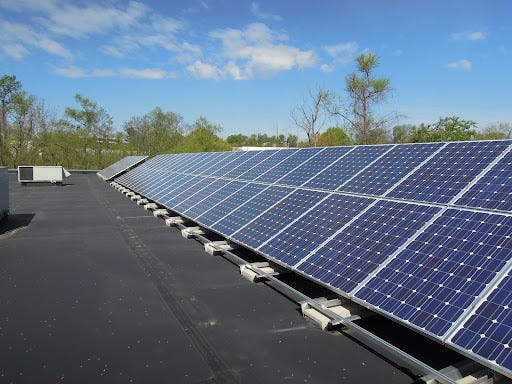
It's already been taken to task a few times, most recently when Hurricane Irene blew through last August and the SCTE was cut off from the main power grid for eighteen hours. SCTE estimates that its backup power system has been called in to action for 24 hours of run-time so far.
The deployment, which is serving as a case study for the cable industry, is just one component of the Society's broader Smart Energy Management Initiative (SEMI). Check the stories below to learn more about it.
Comcast's Strategy Chief Calls a Power Play
Cable Tackles Impending Energy Crisis
SCTE Drives Green 'SEMI'
— Jeff Baumgartner, Site Editor, Light Reading Cable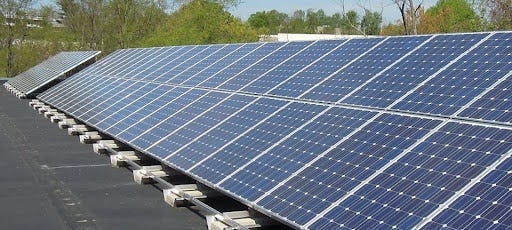
Let the Sun Shine In
It's always sunny in Philadelphia, and a goodly amount of the time in Exton, Pa., where SCTE is headquartered.
Everyone Knows It's Windy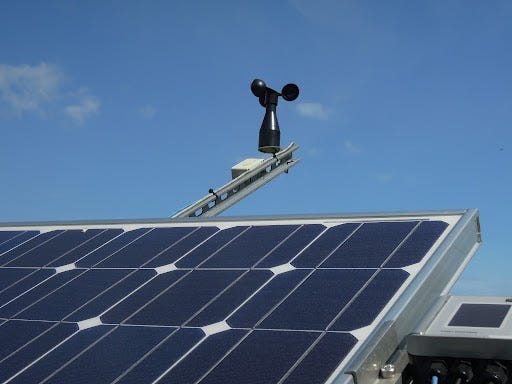
But this gauge tells the system exactly how windy it really is.
Temperature Tracker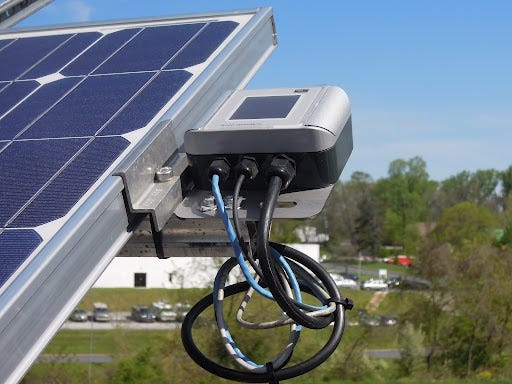
This doodad monitors ambient and panel temperatures.
Main Array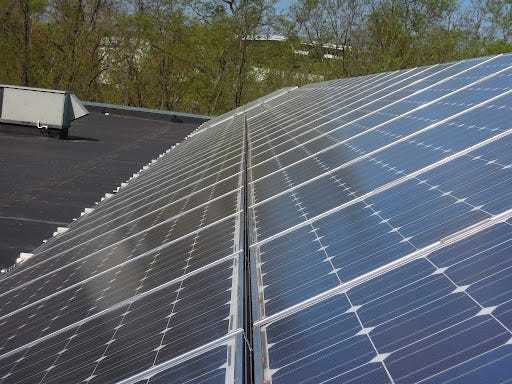
The primary solar skids handle about one-third of the SCTE's power needs. It can also sell excess power back to the PECO, the local power company.
Down The Hatch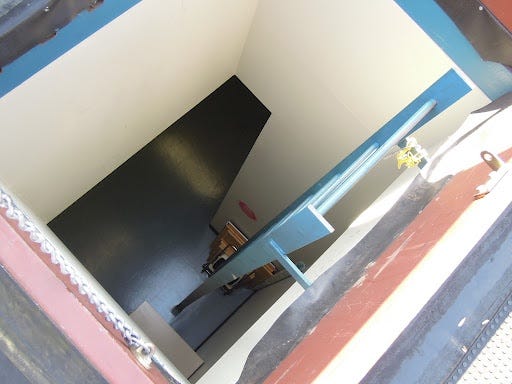
We forgot to ask for hazard pay before taking the tour.
The Bullpen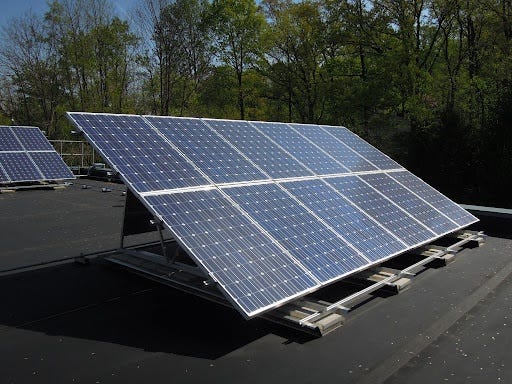
This smaller skid pumps power to a backup system that's called into play when the main grid goes down.
Panel Power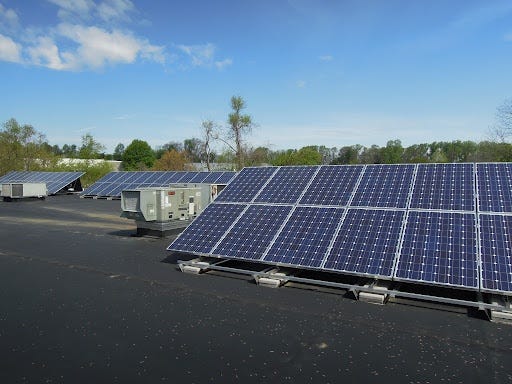
There's room on the roof for more solar panels if SCTE wants to push the power needle and become even less reliant on PECO.
Screw- And Nail-Free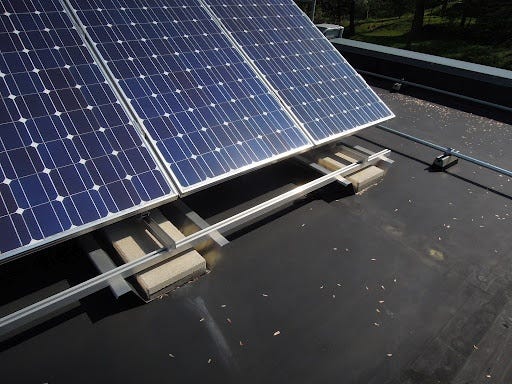
The solar array uses a ballasted racking system that touts a 120-mile-per-hour wind rating.
Dashboard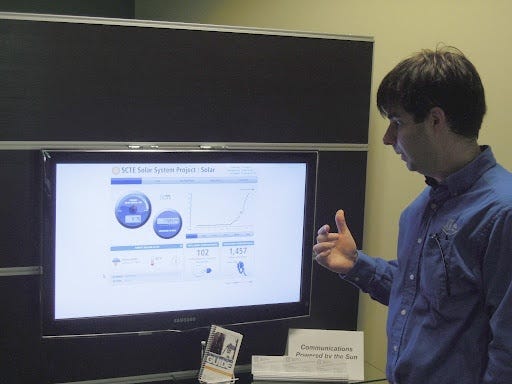
SCTE Senior Director of Information and Energy Programs Derek DiGiacomo notes that the Society runs a page on its website that tracks how much energy the system is producing and has saved so far.
More Dashboard
 Here's a closer look.
Here's a closer look.
Fuel Cell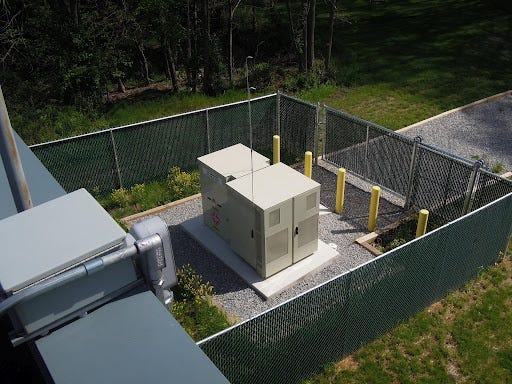
A bird's-eye view of the system's hydrogen fuel cell, which holds 16 tanks.
No Stogies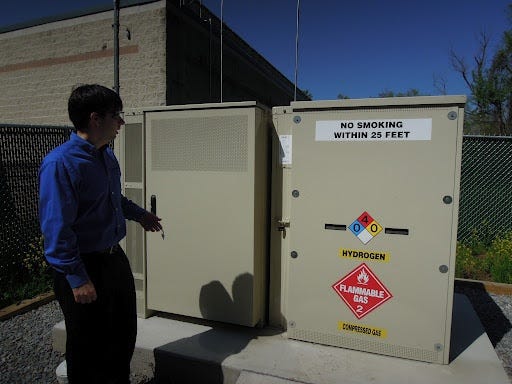
Don't smoke 'em, even if you've got 'em.
Hydrogen Conversion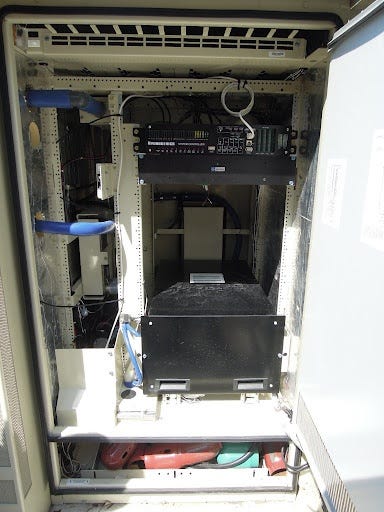
The fuel cell system controller converts hydrogen gas to DC power.
Tubular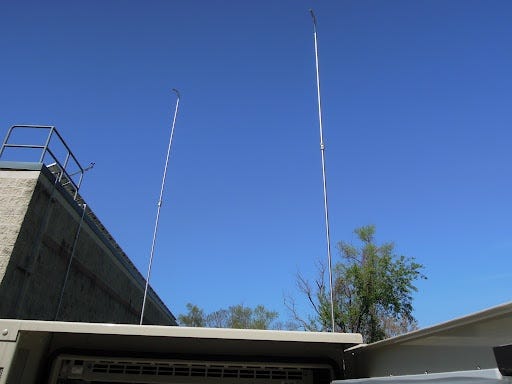
In the event of a gas leak, these tubes will vent the hydrogen harmlessly into the air.
AC/DC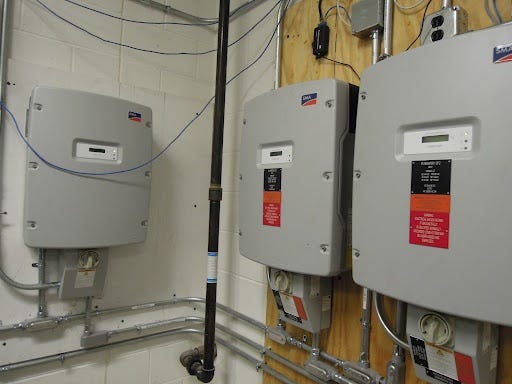
Well, make that DC/AC, to be more accurate. These inverters switch DC power to AC.
Blackout Rack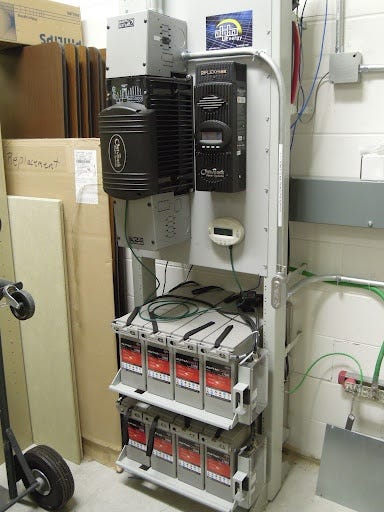
Here's the system that can keep SCTE's IT systems up and running for five to seven days.
Last Line of Defense
These batteries pack more punch than a DieHard.
Power Optimizer
This device optimizes the generation and storage capabilities of all power sources when the grid goes down.
Power Meters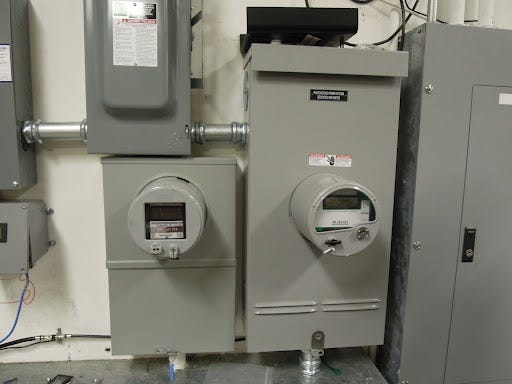
The meter on the left is for PECO, while the right tracks the hybrid power platform.
The Heart of SCTE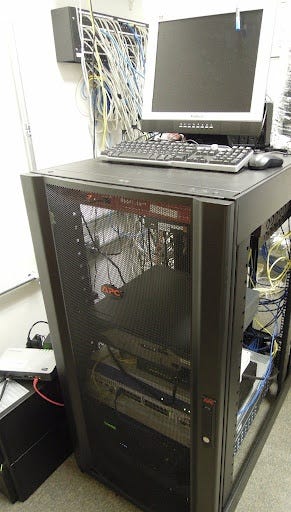
This rack of gear, plus a 1-ton A/C unit, is what the hybrid system backs up when the grid is on the blink. It runs the Society's email system, database system, website, and its core network of routers and switches.
About the Author(s)
You May Also Like




.jpeg?width=300&auto=webp&quality=80&disable=upscale)






